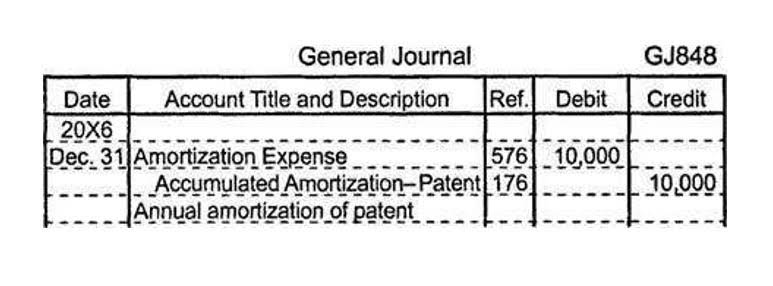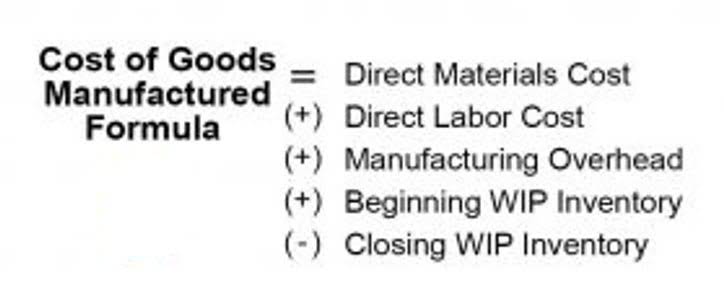Your cart is currently empty!
How to Calculate the Number of Shares a Company Has The Motley Fool

Negative equity may paint a very bad picture of the company’s financial health at that particular period. However, total equity alone should not be taken as the sole indicator of a bad financial situation. The analysis needs other financial statements, such as cash flow and income statements, to determine the true state of the company’s finances. Total stockholders’ equity represents the company’s remaining value after liabilities are subtracted from assets. Stockholders’ equity is comprised of several components, including contributed capital, retained earnings, dividends and treasury stock. Understanding the components of stockholders’ equity can help you determine if an investment is right for your portfolio.

The shareholders’ equity plays a vital role in calculating return on equity or ROE, which measures the successful use of a company’s equity in producing profits. The income statement is a financial statement that reports the company’s earnings and expenses. If ROE increases over time, the company is getting more efficient in generating profit from its net assets. If negative, the company’s liabilities exceed its assets; if prolonged, this is considered balance sheet insolvency. Typically, investors view companies with negative shareholder equity as risky or unsafe investments. Shareholder equity alone is not a definitive indicator of a company’s financial health; used in conjunction with other tools and metrics, the investor can accurately analyze the health of an organization.
What industries have high D/E ratios?
ROE is considered a gauge of a corporation’s profitability and how efficient it is in generating profits. The higher the ROE, the more efficient a company’s management is at generating income and growth from its equity financing. Apart from the balance sheet, businesses also maintain a capital account that shows the net amount of equity from the owner/partner’s investments. In particular, when a company issues stock that has a par value, the balance sheet will typically have numbers you can use to calculate issued shares. The 40% equity ratio implies that shareholders contributed 40% of the capital used to fund day-to-day operations and capital expenditures, with creditors contributing the remaining 60%. Conceptually, the enterprise value to equity value bridge isolates the residual value of a company belonging to solely shareholders in the company’s common equity.
Companies with ratios ranging around 50% to 80% tend to be considered “conservative”, while those with ratios between 20% and 40% are considered “leveraged”. The guidelines for what constitutes a “good” proprietary ratio are industry-specific and are also affected by the company’s fundamentals. Therefore, the equity value refers to the market value of equity and does not refer to the book value of equity.
What Causes ROE to Increase?
Companies in the consumer staples sector tend to have high D/E ratios for similar reasons. For example, a prospective mortgage borrower is more likely to be able to continue making https://www.bookstime.com/ payments during a period of extended unemployment if they have more assets than debt. This is also true for an individual applying for a small business loan or a line of credit.
- For new and growing companies, a negative ROE is often to be expected; however, if negative ROE persists it can be a sign of trouble.
- The total liabilities have a higher value than total assets, so the answer is negative.
- Some companies will class out their PP&E by the different types of assets, such as Land, Building, and various types of Equipment.
- In fact, debt can enable the company to grow and generate additional income.
- Retained earnings are the sum of the company’s cumulative earnings after paying dividends, and it appears in the shareholders’ equity section in the balance sheet.
The purpose of ROIC is to figure out the amount of money after dividends a company makes based on all its sources of capital, which includes shareholders’ equity and debt. ROE looks at how well a company uses shareholders’ equity while ROIC is meant to determine how well a company uses all its available capital to make money. In all cases, negative or total equity formula extremely high ROE levels should be considered a warning sign worth investigating. In rare cases, a negative ROE ratio could be due to a cash flow-supported share buyback program and excellent management, but this is the less likely outcome. In any case, a company with a negative ROE cannot be evaluated against other stocks with positive ROE ratios.
Leave a Reply